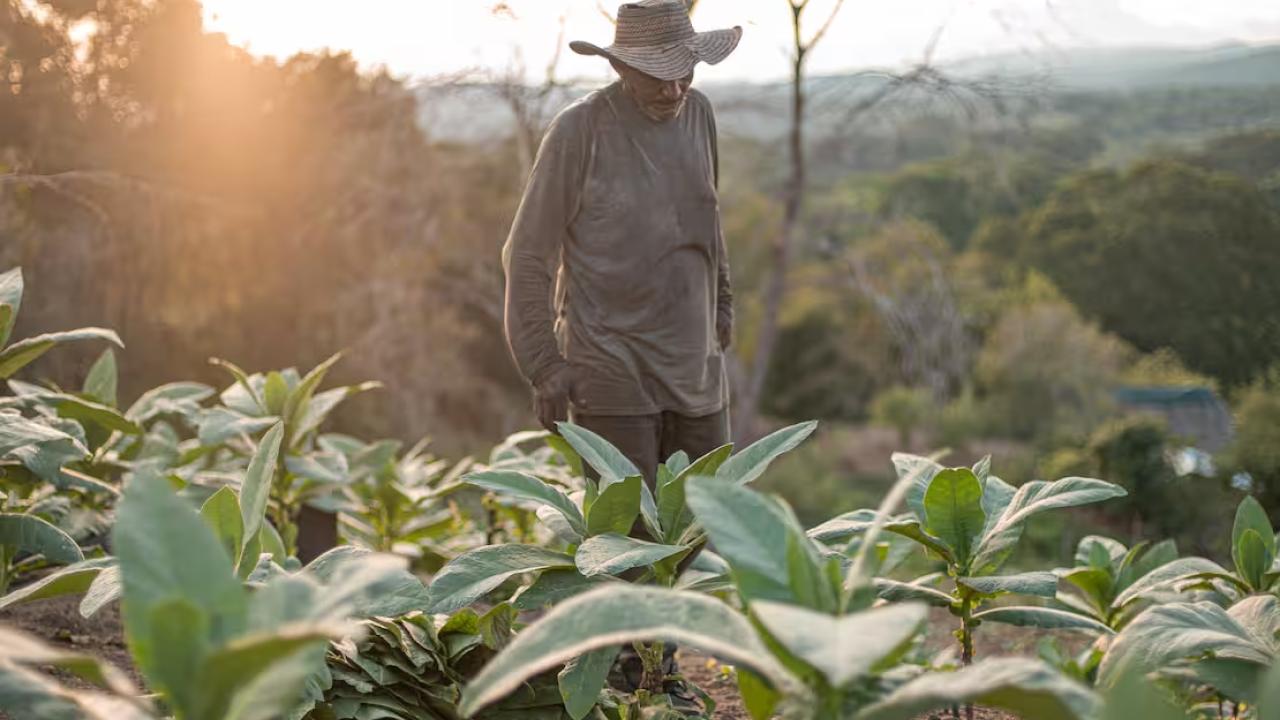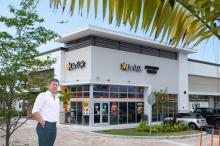
Coffee, livestock and industrial products with added value drove the recovery.
The Colombian countryside closed 2024 with historic figures. In a year of light and shadow for the Colombian economy, agriculture stood out as the most dynamic sector, contributing almost half of the growth of the Gross Domestic Product (GDP), a pillar of economic recovery.
The most recent report from the National Statistics Department (DANE) confirms this: the GDP of the coffee-producing country grew by 1.7%, and of that total, agriculture contributed 0.8 percentage points, which is equivalent to 47% of national growth.
Performance driven by key crop trends, a rebound in livestock and an increase in the production of value-added goods for export.
Martha Carvajalino, Minister of Agriculture, was emphatic in highlighting the current situation of the sector: “Our objective will be to continue consolidating Colombia as a powerhouse of agri-food systems, to continue raising the standard of living of those behind this production.”
THE ENGINES OF GROWTH: COFFEE, LIVESTOCK AND AGROINDUSTRY
Not only was agriculture the best-performing sector in 2024, but its growth far exceeded the economy's average.
While total GDP grew by a modest 1.7%, agricultural, livestock, fishing and forestry activities expanded by 8.1%, a figure not seen in years.
Within the sector, some segments were primarily responsible for this upturn:
- Coffee : Colombia's flagship product grew by 22.5% in 2024, with a 33.1% increase in the last quarter of the year alone.
- Livestock : expanded by 5.6% annually, with an increase of 6.6% in the last quarter, consolidating itself as a key driver of the rural sector.
- Agricultural and livestock support services : grew by 8.3%, reflecting the progress in technology, infrastructure and logistics for agricultural production.
DANE data also reveal that the added value of agriculture and related activities represented 10.2% of the national economy in 2024 and 9.3% of total GDP.
This growth was constant throughout the year: in the first quarter, the sector grew by 5.5%; in the second, 10.2%; and in the third, 10.7%. In the last quarter, it grew by 6.5%, boosting the country's economic growth.
THE RISE OF NON-MINING ENERGY EXPORTS
Beyond the impact on the domestic economy, agriculture also played a key role in foreign trade. According to figures from the Ministry of Commerce, exports of non-mining and energy goods grew 7.7% in 2024, reaching US$ 21.999 billion and representing 44.4% of the total goods sold abroad.
This increase was essential to offset the decline in sectors such as oil and coal, demonstrating the growing importance of agriculture and industry in the Colombian trade balance.
The products that contributed most to this growth were:
- Coffee: +18.4%.
- Flowers: +9.9%.
- Banana: +30.4%.
- Pineapples, avocados, guavas and mangoes: +46.3%.
As for industry, some value-added goods also had significant growth in exports:
- Electrical transformers: +61.5%.
- Insecticides: +7.1%.
- Beauty products: +17.6%.
- Chloride polymers: +9.1%.
At the regional level, Risaralda led the growth with a 50.6% increase in its exports, followed by Huila (33.4%) and Magdalena (12.9%).









